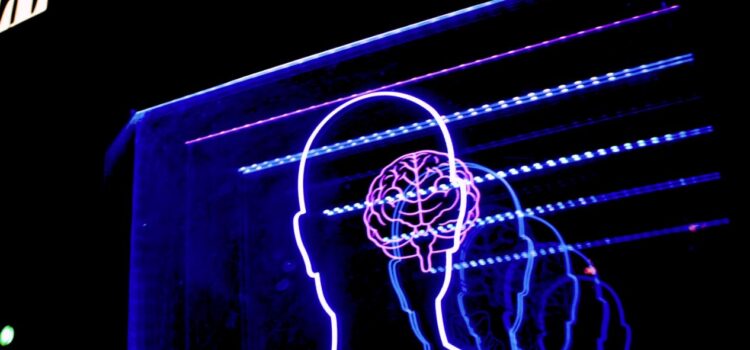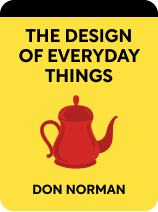

This article is an excerpt from the Shortform book guide to "The Design of Everyday Things" by Don Norman. Shortform has the world's best summaries and analyses of books you should be reading.
Like this article? Sign up for a free trial here .
What is conscious processing? How is it different from subconscious processing, and how do the two work together?
Conscious processing happens when we decide to learn something new. Subconscious processing is our ability to constantly be taking in new information and figuring things out. Both conscious and subconscious processing have a role in the design.
Read more about conscious processing and subconscious processing.
Subconscious vs. Conscious Processing
This section gives an overview of the different ways people cognitively process thoughts and emotions. This subject is almost never included in traditional design or engineering training, but it’s important to understand because it is the core of user experience. People react to technology in their lives through thoughts and emotions, and good design can capitalize on those reactions. To do that well, designers need an accurate working model of how the human brain processes information.
Generally speaking, people are only consciously aware of a small portion of their thoughts and emotions. The rest of our opinions, decisions, emotions, and reactions happen without any conscious input. When we learn a new skill, we need conscious focus at first, but once we fully master the skill and make it a frequent habit, performing requires less and less conscious effort until it is fully subconscious. The process of mastering a skill to the point that it can be executed subconsciously is called “overlearning.” Think of the new driver compared to the experienced driver—the new driver is actively concentrating, while the experienced driver can safely carry on a conversation or sing along to the radio.
(Overlearning applies to complex skills like driving, walking, and learning a language, but can also apply to factual information. For example, if you’re filling out a form and are asked for your phone number, you’ll most likely be able to answer without much effort. But if you’re asked for the address of the second house you ever lived in, it will take you much longer to come up with the answer.)
Conscious and subconscious processing each have important strengths. Conscious processing is what sets humans apart from animals. It allows us to compare options, predict possible outcomes, and come up with new ideas. Conscious processing happens when we deliberately choose to learn or consider something new.
Subconscious processing, on the other hand, happens automatically. This is how we make connections between seemingly unrelated events in our lives, or jump to premature conclusions based on our past experiences. Subconscious processing works in generalizations—it automatically predicts that new experiences will follow the same pattern as similar previous experiences.
Both subconscious and conscious processing are tied to emotions. Emotions trigger biochemical reactions that prompt the brain to focus more on one type of processing than the other. Generally speaking, negative emotions like fear shut down conscious processing and divert resources to subconscious survival instincts. On the other hand, positive, calm emotions allow for the use of conscious processes like creativity, since the brain is not responding to a perceived threat. This is why we react to strong feelings of fear with a fight, flight, or freeze response. All three of these possible responses are completely subconscious—we can’t consciously choose one, and we have very little conscious control over them once they appear.
The strength of an emotion also matters: Strong emotions bias the brain toward subconscious processes, while more mild feelings leave room for conscious thought to intervene.

———End of Preview———
Like what you just read? Read the rest of the world's best book summary and analysis of Don Norman's "The Design of Everyday Things" at Shortform .
Here's what you'll find in our full The Design of Everyday Things summary :
- How psychology plays a part in the design of objects you encounter daily
- Why pushing a door that was meant to be pulled isn't your fault
- How bad design leads to more human errors






